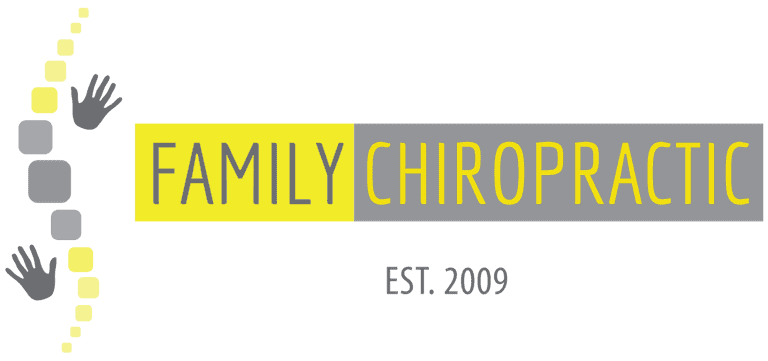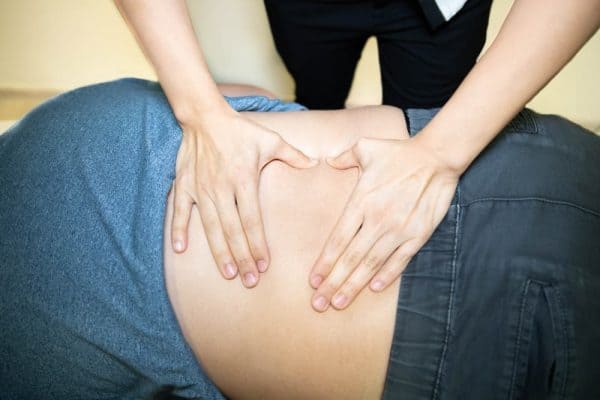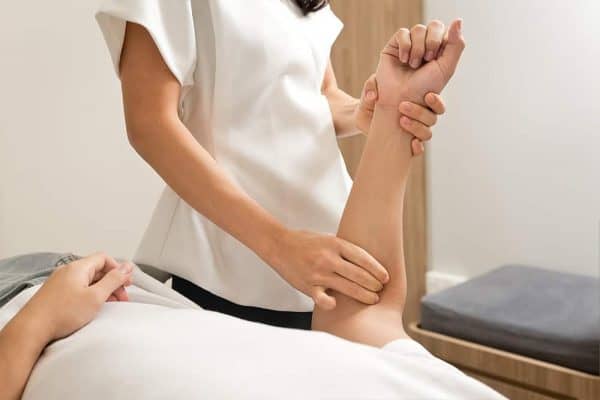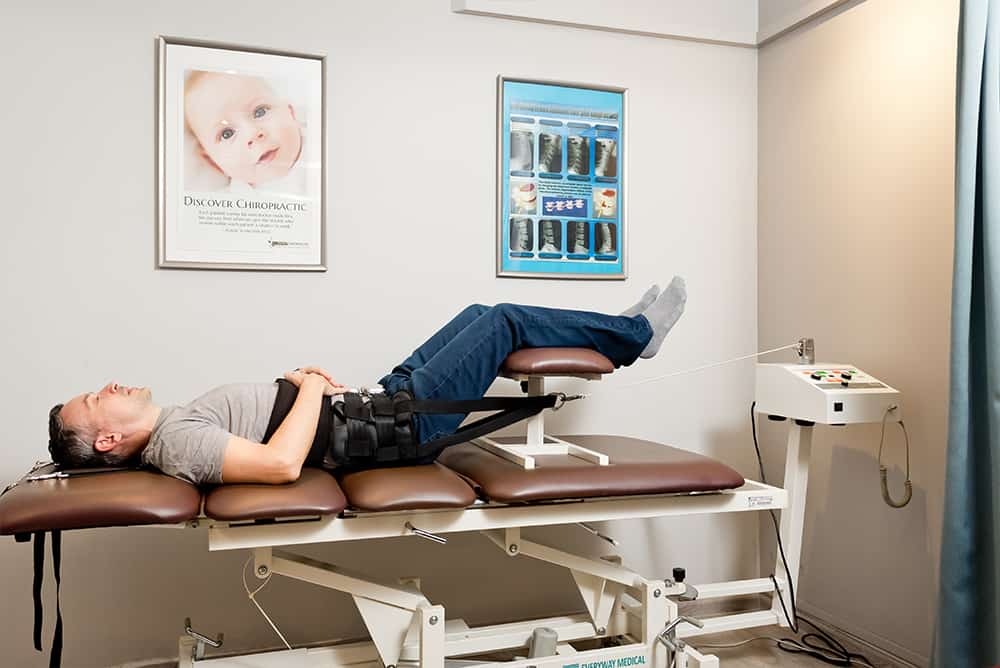What Causes Lower Back, Hip & Pelvic Pain?
Mechanical issues and soft-tissue injuries are the common causes of lower back, hip and pelvic pain. These injuries can include damage to the intervertebral discs, compression of nerve roots, and improper movement of the spinal joints.
Lower back pain, sprain or strain can happen suddenly, or can develop slowly over time from repetitive movements.
Something we do on a daily basis is that we sit down excessively often causing a multitude of processes contributing to lower back pain and hip pain.
This leads to the following
- Deconditioning: Mobility issues in the thoracic and hip and stability issues in the lower back
- Repetitive stresses: Leading to wear and tear in the disc, joints and cartilage
- Poor alignment: Creating muscle and joint imbalances
Family Chiropractic practitioners not only limit themselves to adjusting the lower back but apply other modalities such as electrotherapy, soft tissue therapy and home based exercises to help complement and accelerate the rehabilitation process.
Most people in Singapore develop back pain from injuries through sports, falls or trauma, handling heavy items, or hyperextension.
Find out more about common back pain misconceptions here.
Symptoms of Lower Back, Hip & Pelvic Pain
Symptoms of lower back, hip & pelvic pain vary depending on the severity of the condition you may have and these can include:
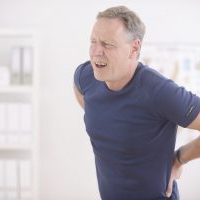
Muscle pain

Muscle weakness

Tenderness

Swelling

Reduced range of motion
How can Chiropractic help?
Diagnose the right condition for a personalised treatment
Our chiropractors will assess the cause and severity of your lower back, hip or pelvic pain condition with a physical assessment during the consultation. In addition to the physical exam, we'll look into your past medical history and any recent X-ray results available to pinpoint the cause of the pain. Determining the source of the lower back pain, hip or pelvic pain is essential to recommend the right method of treatment and rehabilitation. The lower back pain treatment will be customised to your condition and these options can include:
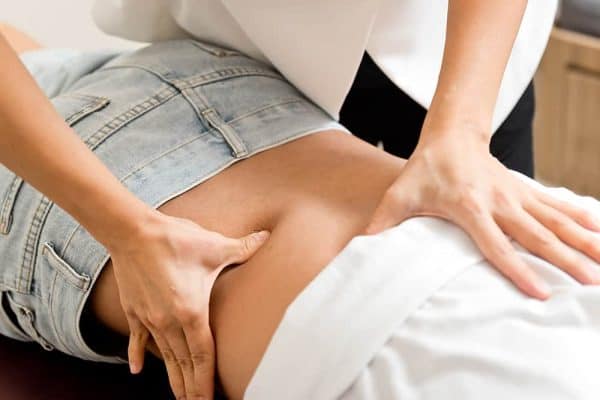
Myofascial Therapy
Removing myofascial tension helps improve circulation and promotes muscle healing.
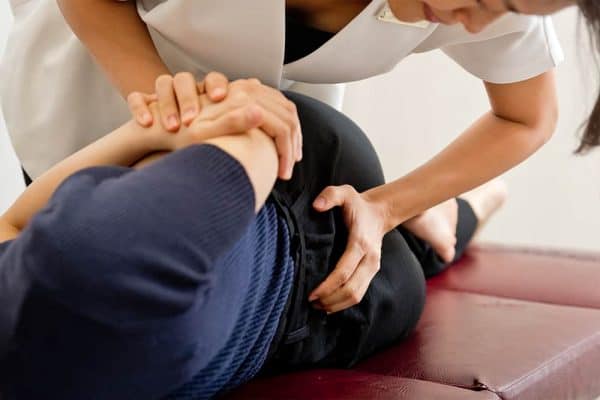
Chiropractic Adjustments
To improve overall functionality and alleviate the stress on your system.
Providing long-term care as your healthcare partner
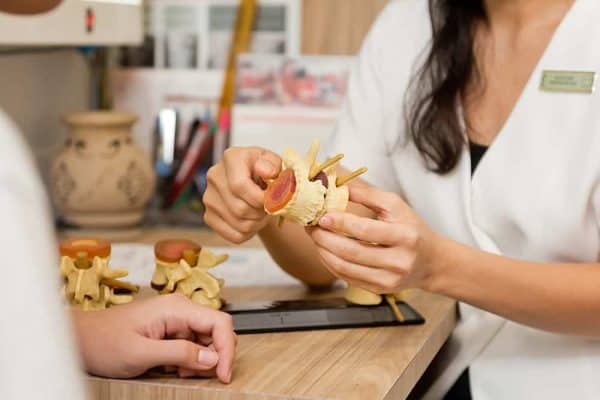
Whole-Body Treatment Approach
Our chiropractors adopt a whole-body treatment approach to evaluate your pain areas as a whole because other regions of the neck (cervical), mid back (thoracic) and low back (lumbar) may be affected as well. We aim to treat the “whole person,” not just to treat your specific symptoms.
